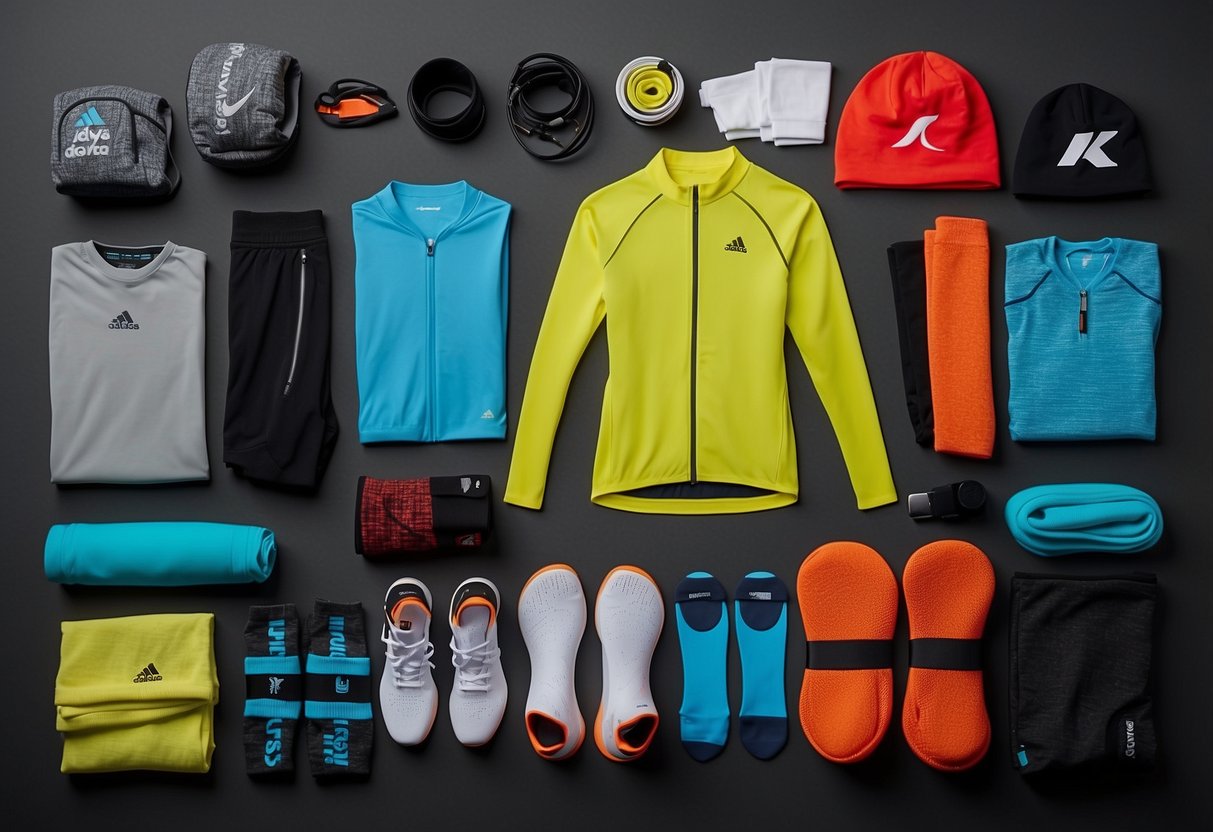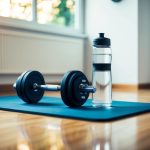
Compression gear has become a staple in the world of athletics, offering numerous benefits that enhance performance and recovery. From marathon runners to gym enthusiasts, many athletes are turning to specialized clothing to gain an edge. Compression gear helps improve blood circulation, reduce muscle fatigue, and speed up recovery times after intense workouts.
This specialized clothing applies consistent pressure to the muscles, which can aid in stabilizing them during physical activity. Athletes often rely on compression garments to prevent injuries and support muscles, joints, and tendons. Incorporating compression gear into your athletic routine can significantly enhance your overall performance and recovery.
Choosing the right compression gear is just as important as understanding its benefits. Athletes should consider factors such as material, fit, and specific needs related to their sport. Whether it’s compression socks for runners or tights for weightlifters, selecting the best options will maximize the advantages and improve athletic outcomes.
The Science Behind Compression Gear
Compression garments offer a blend of benefits for athletes by promoting improved circulation, aiding in muscle recovery, and reducing muscle fatigue during performance.
Benefits of Improved Circulation
Compression garments, such as tights and socks, are designed to apply pressure to the limbs. This pressure aids in facilitating better blood flow. By enhancing circulation, these garments ensure that more oxygen-rich blood reaches the muscles.
Improved blood flow helps in the efficient removal of metabolic waste, like lactic acid. This can be crucial for athletes who engage in strenuous activities. Consistent use of compression gear can also reduce the risk of swelling and deep vein thrombosis by maintaining steady circulation.
Role in Muscle Recovery and Reduced Soreness
Muscle recovery is another significant advantage offered by compression gear. These garments provide consistent pressure that can minimize muscle oscillation during physical activity. This stability helps in reducing muscle damage.
Post-exercise, compression gear continues to support the muscles, which can reduce soreness. The reduced soreness can lead to shorter recovery times between workouts. Athletes often find that their muscles feel less fatigued and more ready for subsequent training sessions.
Reducing Muscle Fatigue During Performance
Compression gear helps in delaying the onset of muscle fatigue. By providing support to muscle groups, these garments can reduce the degree of muscle vibration. This reduced vibration can help maintain muscle strength and endurance over longer periods.
Reduced muscle fatigue translates to sustained performance levels. Athletes wearing compression garments may notice less perceived exertion, allowing them to push harder and maintain optimal performance. This makes compression gear a valuable addition to any athlete’s gear wardrobe.
Different Types of Compression Wear
Compression wear comes in various forms, each designed to target specific parts of the body. By understanding the differences, athletes can choose the right gear to enhance performance and recovery.
Compression Socks and Sleeves
Compression socks and sleeves are used primarily for the lower legs. They help improve blood circulation, reduce muscle fatigue, and minimize the risk of swelling. These garments are often made from a blend of nylon and spandex, which ensures a snug fit.
Athletes who are prone to shin splints or calf cramps often find relief with these items. The pressure from the socks or sleeves can help maintain proper blood flow during intense workouts. Additionally, they can promote quicker recovery by reducing lactic acid buildup.
Compression Shorts and Pants
Compression shorts and pants are designed for the lower body, providing support to the hips, thighs, and calves. They are commonly made from materials like nylon and spandex, ensuring a tight yet flexible fit. These garments aid by stabilizing muscles and preventing unnecessary movement.
Compression pants can be especially beneficial during long runs or cycling sessions. They offer support to large muscle groups, reducing the risk of strains and injuries. Compression shorts, on the other hand, are popular among sprinters and team sports athletes for their role in enhancing performance through reduced muscle oscillation.
Compression Shirts and Arm Sleeves
Compression shirts and arm sleeves focus on the upper body. The shirts support the chest, back, and shoulders, while the sleeves target the arms. These are often used during weight training, basketball, and other activities involving significant upper body movement.
The tight fit provided by the compression material helps to stabilize muscles and reduce fatigue. Made from a combination of nylon and spandex, these items ensure proper flexibility and comfort. Arm sleeves can also help in maintaining optimal blood flow, which can reduce the risk of cramps and improve recovery times.



